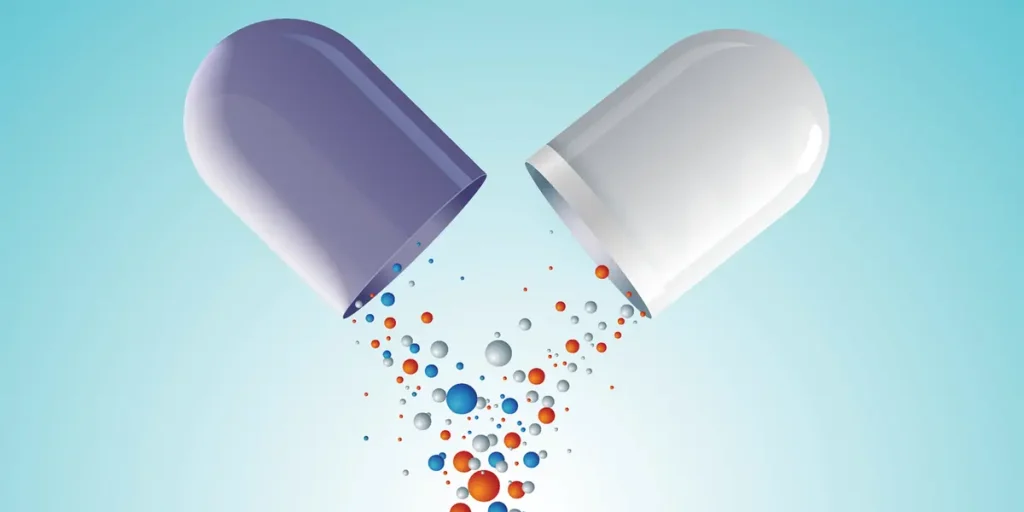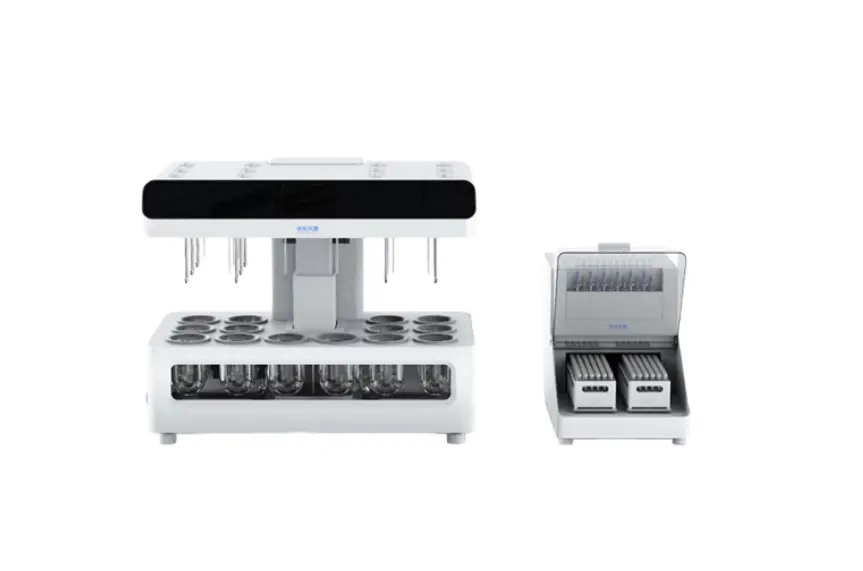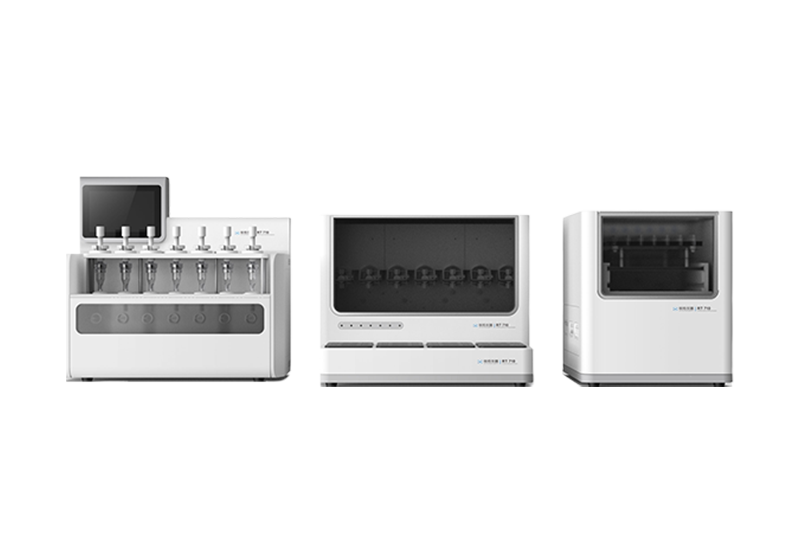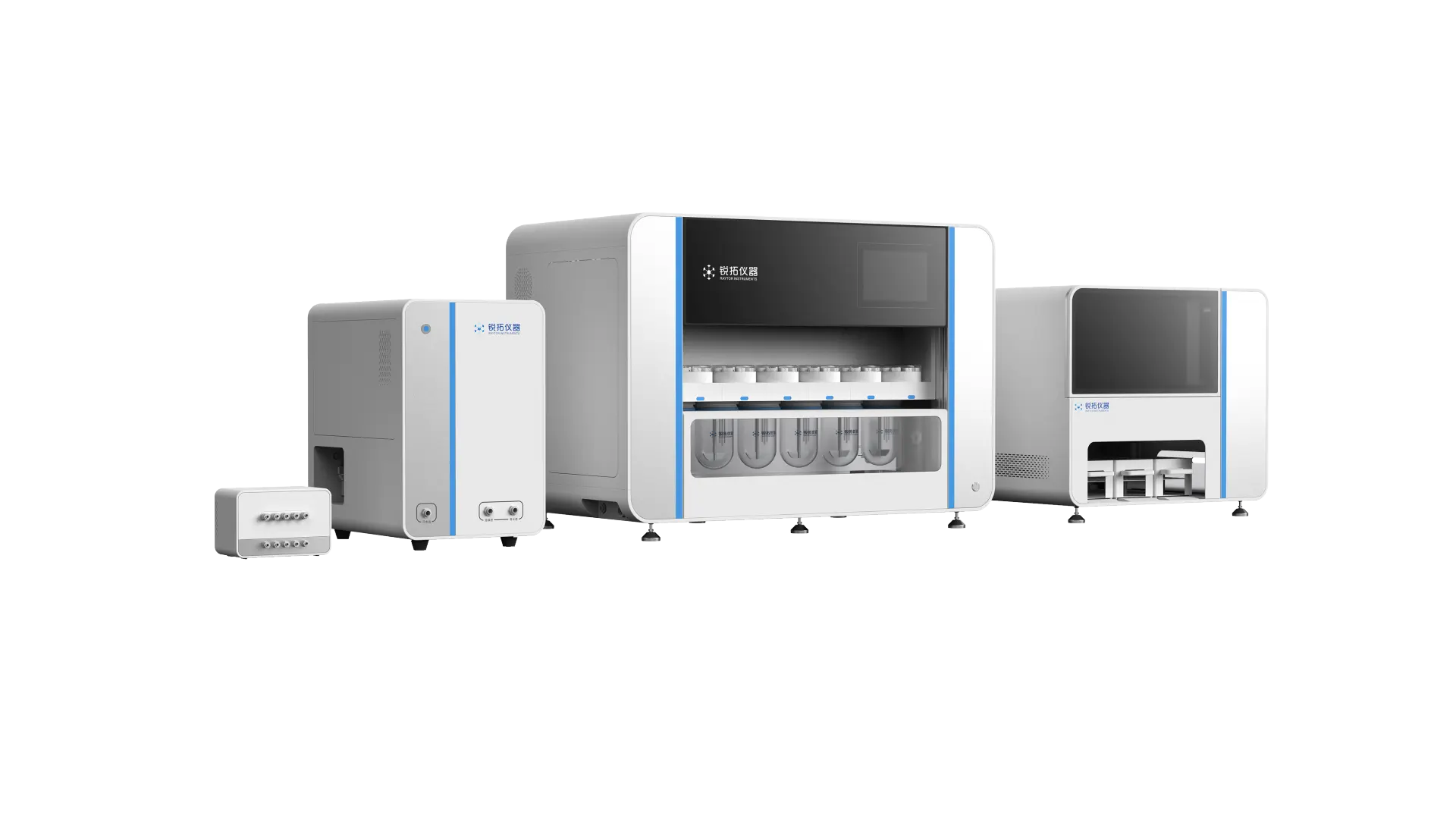Drug Dissolution And Physical Properties sit at the heart of formulation success. As a manufacturer, Raytor sees how a small shift in particle behavior or solvent temperature can change a release profile, a bioavailability target, or an entire project timeline. In this article we explain the common pain points, and how our RT630-HT01 Drug Dissolution Testing Equipment helps teams design, verify, and scale robust methods without friction.

Why Drug Dissolution And Physical Properties Matter
When a dosage form fails in development, the root cause often traces back to dissolution behavior and core physical traits. Solubility, wettability, particle size, and solid form dictate how fast and how consistently a drug enters solution. If these parameters drift, content uniformity and in-vivo performance can follow. This is why QC and R&D both need data that is precise, timely, and repeatable - not only pass/fail results.
Formulators also face practical limits in day-to-day work. Time gaps during dosing create variability. Temperature differences across vessels skew curves. Residue in lines changes measured concentration. Each small variance compounds. Reliable hardware, consistent sampling, and real-time visibility reduce that risk and help teams focus on science rather than troubleshooting. For readers searching for dissolution testing equipment for QC labs, reliability is not a nice-to-have; it is the core requirement.
✅ Persistent pain points we hear from teams:
•Temperature drift between vessels during long runs
•Asynchronous dosing and sampling time offsets
•Filter carryover and line residue affecting concentration
•Method changes that require two setups and double the work
How Raytor's RT630-HT01 De-risks Variability
Our RT630-HT01 Drug Dissolution Testing Equipment is designed for teams who need repeatable data under compendial methods. It is a precise dual-module automatic sampling system that satisfies ChP (0931), USP (711/724), and EP (2.9.3/4) requirements. Two autonomous dissolution tests can run at the same time with different devices, speeds, solvents, and sampling points. This parallelism helps compress development timelines without mixing variables.

Control the environment, control the result. The system integrates real-time monitoring with independent temperature probes for 12 vessels. Solvent temperatures display continuously, so drift is visible and correctable. A built-in thermostat and covered dissolving cups keep conditions stable. Cups are automatically centered, which speeds setup and improves durability.
Precision in, precision out. The high-precision sampling pump delivers accurate volumes and consistent concentrations. Automatic online filtering with dual on-line filters reduces carryover and blocks residual contamination. The instrument can automatically wash and saturate filters, which helps when testing sticky or surfactant-rich media.
Method flexibility without cross-talk. The left and right sample holders operate independently. You can set independent sampling times while keeping rotation speed and media volume aligned to your method. Adjustments to dissolution medium volume and paddle or basket rotational speed are made directly on the instrument to meet your protocol.
From dosing to collection, synchronized. Automatic synchronized dosing eliminates time differences between vessels, and the dosing time can be tracked. Optimized injection needles lower residue and resist corrosion. Automatic sample collection supports 10 mL tubes and pre-cut cap vials for a clean path into analysis.
✅Dual-mode dissolution system with a one-piece dual-mode sampler
✅Real-time temperature monitoring across 12 vessels
✅High-precision sampling pump with automatic online filtering
✅Covered, auto-centered dissolving cups for fast, accurate installation
✅Independent operation for truly parallel methods and sampling schedules
CTA: Ready to reduce variability and speed method development? Contact Raytor to request a demo of RT630-HT01 and get an application walkthrough tailored to your dosage forms.
QC Methods, Dosage Forms, and Robust Data
Quality control teams rely on legally recognized methods. Basket and paddle methods are the most commonly used dissolution techniques in national pharmacopoeias and were the first to enter these standards. They remain the workhorses for batch release and stability studies. With RT630-HT01, you can execute these methods while isolating how Drug Dissolution And Physical Properties interact during routine testing.
In oral tablets, granule density and compression force shift disintegration and wetting. For patches, adhesive matrices complicate sampling and filtration. Semi-solid preparations challenge temperature control and filtration integrity. Injections may require careful handling of solvents and sensitive filters. Even at the API stage, the intrinsic dissolution rate of API reveals how solid form and surface condition govern mass transfer. The RT630-HT01 supports these needs by enabling two independent dissolution methods at once, so teams can contrast devices, speeds, solvents, and sampling points without waiting for instrument time.
When you see a drift in profiles, ask three practical questions: did the physical property change, did the temperature profile deviate, or did sampling introduce bias? The system's independent probes, synchronized dosing, and automated filtering help you answer each question with data rather than assumptions. This strengthens investigations and cuts re-work.
CTA: Keep your studies compliant and comparable. Talk to Raytor about configuring RT630-HT01 for your basket or paddle methods, across oral tablets, patches, semi-solid preparations, injections, and API intrinsic studies.
At Raytor, our goal is simple: make Drug Dissolution And Physical Properties easier to control, easier to compare, and easier to scale. The RT630-HT01 brings together temperature integrity, precise sampling, and dual-mode flexibility so your team can focus on formulation decisions instead of instrument workarounds.



